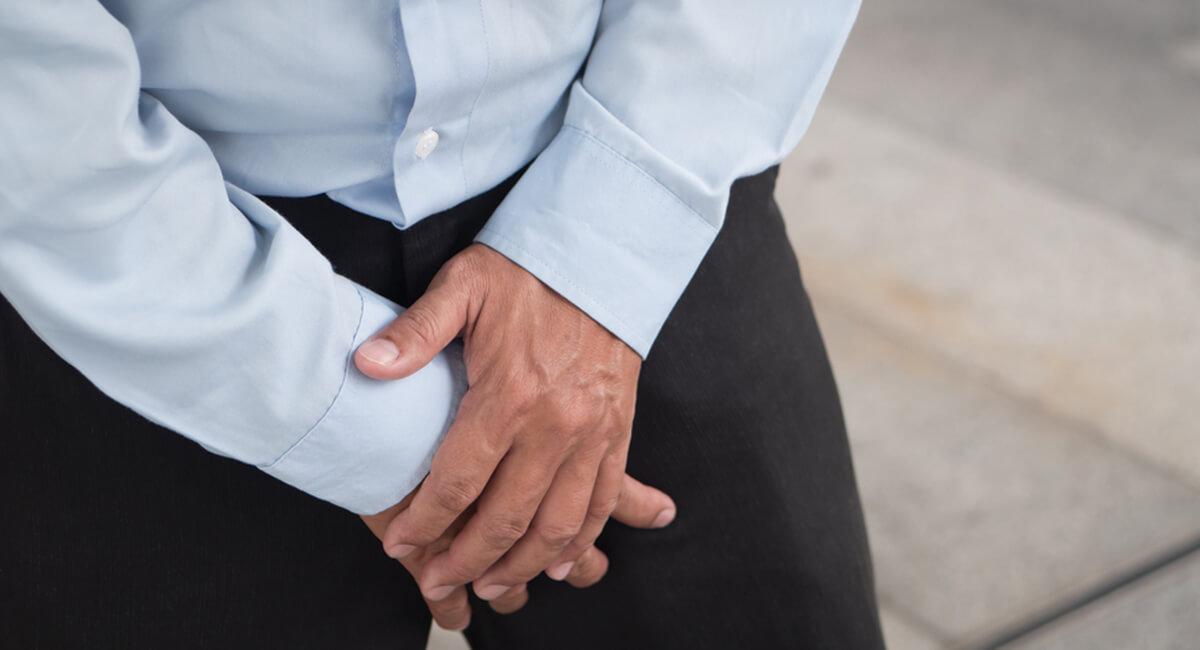
Introduction
Urge Incontinence is a condition in which there is a strong and sudden need to urinate, and this need to urinate is very difficult to delay. The frequent urge to urinate occurs at any time of the course of an entire day.
Urge Incontinence is a type of urinary incontinence that is the uncontrolled leakage of urine. Urge incontinence is when there is a loss of bladder control. It is a very common problem, but it can be annoying and embarrassing at times since the urge to urinate occurs randomly, and finding a toilet in time might not be possible. This is something that interferes with a person’s daily activities as well and might end up having a negative impact on a person’s life. Urge incontinence is also known as overactive bladder, irritable or spasmodic bladder, or bladder spasms.
Urge Incontinence can affect anyone but is more common in women and the elderly.
Request an Appointment at Smiles
What are the Causes of Urge Incontinence?
Urge Incontinence might not have a single particular cause but might result due to a combination of few potential causes. These potential causes include:
- When there is an obstruction at the opening of the bladder, which blocks urine from leaving the bladder
- Bladder stones
- Bladder cancer
- Inflammation of the bladder
- Infection in the bladder or a nearby area
- Nervous system problems such as multiple sclerosis
- Nerve injuries, for instance, a spinal cord injury
- A condition known as benign prostatic hyperplasia wherein an enlarged prostate might block urine flow from the bladder
What are the Symptoms of Urge Incontinence?
- Inability to control the passing of urine.
- Having a sudden and urgent need to urinate usually followed by an involuntary loss of urine due to leakage.
- Frequent urination at any time of the day or night, that is, an abnormal urine frequency.
- Symptoms that signal towards bladder obstruction due to stones, infection, or inflammation.
How is Urge Incontinence Diagnosed?
There are few tests that the doctor will conduct. These include:
- Pad test: The patient has to wear a pad in which all the leaked urine is collected and weighed to determine the amount of lost urine.
- Determining the strength of pelvic floor muscles.
- Urinalysis to check the presence of blood in the urine or other infections.
- Urine culture to check which bacterium is present if it is a urinary tract infection.
- A cystoscopy to view the inside of the urethra and bladder.
- Bladder ultrasound to check how much urine still remains in the bladder after urination, also known as determining the post-void residual.
- Uroflow studies can be done to determine the amount of urine released and how quickly it is released.
- X rays with a contrast dye to view the flow of dye from injecting into the bloodstream through the urinary system. This is known as an intravenous pyelogram.
- Stress testing in which the patient performs activities like standing with a full bladder and coughing or sneezing to check if there is any leakage.
- Avoiding dairy to check fluid intake and urine output and frequency.
How is Urge Incontinence Treated?
- Pelvic floor exercises: Strengthening the pelvic floor muscles helps in holding the urine and avoiding any leakage. Kegel exercises, electrical stimulation, or biofeedback are some options here. Vaginal cones may also be used to strengthen the muscles by trying to hold the cone in place when inserted into the vagina. Biofeedback includes placing a sensor in the vagina or anus, which indicates when the muscles contract or squeeze.
- Bladder retraining: In this, the aim is to try and retrain the bladder. This can be done by urinating according to a fixed schedule or delaying urination when there is the urge to.
- Lifestyle changes: Avoiding foods that cause bladder irritation and eating fiber-rich foods to prevent constipation. Alcohol, tobacco, and caffeine intake should be limited. Controlling weight and having overall healthier habits helps.
- Medicines: Botox injections are administered to relax muscles and help against an overactive bladder. Anticholinergic medicines and beta-agonist drugs help relax muscles.
What are the Surgery and Results of Urge Incontinence Treatment?
- Nerve stimulators: These are inserted under the skin and send signals to the sacral nerve, which help control the bladder’s functioning.
- Augmentation cystoplasty is done to increase the bladder’s size so it can store more urine.
Results
Lifestyle changes and pelvic floor exercises are quite effective in most cases, while surgical options might lead to few complications.
What are the Risk Associated with Urge Incontinence Treatments?
- Urinary tract infection
- Blood clots
- Bowel blockage
- Increased risk of tumors and infections.
Request an Appointment at Smiles
FAQ's
Is Overactive Bladder similar to Urge Incontinence?
Can taking Medications be a Good Treatment Option?
Can Urge Incontinence be Prevented?
Does having Diabetes Increase the Chances of Incontinence?
What is meant by Kegel Exercises?
Need Help?
For any Information about our Locations, Doctors or Treatments.
